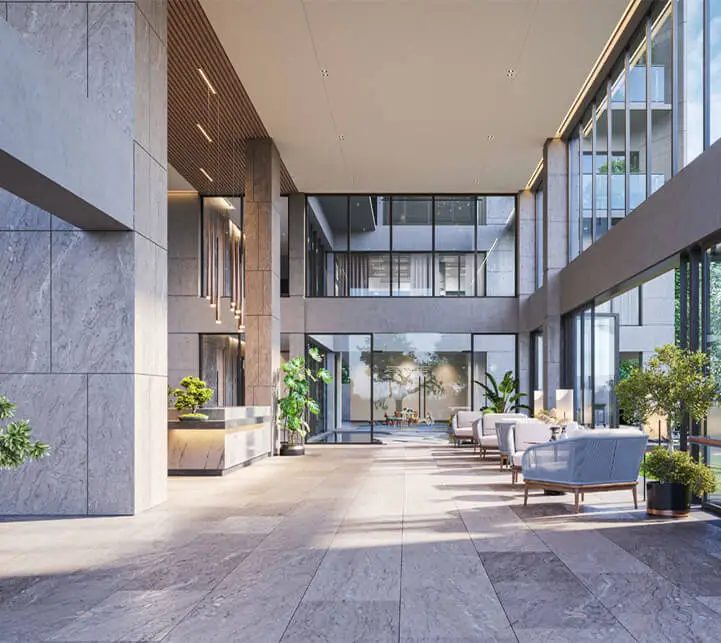We must agree that lighting is one of the most important elements and plays a vital role in our everyday lives. From waking us up in the morning till soothing us to bed, proper lighting helps us to set the mood and carry out our daily routine. The same interior design with different lighting can create varying moods to the inhabitants. For example, a combination of task-lighting, wall lightings and table lamps can help create a welcoming environment in the hallways of your home, whereas, the lighting in bedroom should be designed in such a way so that it provides warmth and tranquility.
Today, lighting design can be considered as a subject on its own and there is a wide scope of applications ranging from residential to office space and even industrial lighting designs. Let us explore in detail some of the commonly used lighting types in interior designs for your home.
- Natural Lighting: As the name suggests this is the already present source of light in the nature. Although we cannot control the light sources itself, but we can control the sunlight and moonlight coming inside the room through proper architectural designs. The amount of natural light entering a room is also affected by change in seasons and even different hours of a day. Natural lighting can help reduce the cost of electricity and is also a means of wellness of the body and mind for the inhabitants.
- Combustion Lighting: Candles and Fireplaces are referred to as Combustion lighting. These types of lightings are not used functionally in the modern times but still can be used for decorations or luxury and thus should not be forgotten. Some may also classify Combustion Lighting under Natural Lighting as they are atmospheric sources of natural light.
- General Lighting: General or Basic Lighting is most familiar to us. These are the fundamental lighting sources apart from natural Lightings and provides an area with overall illumination. Some examples are the LEDs, the Incandescent Lights, the Fluorescent Tube lights etc. which we use in our everyday lives.
- Ambient Lighting: This is an indirect form of Lighting or the Light which is already present in the environment. It can be the natural light, lanterns, concealed coffer lights or wall scones. Ambient Lighting should be softer than the General Lighting. Proper Ambient Lighting helps to complement the General Lightings whereas a cumbersome design can create nuisance.
- Task Lighting: From the name itself we can understand that Task Lightings are specifically designed for certain tasks like reading or cooking. These type of Lighting designs are used in Reading Rooms and are more common in Office Spaces. They have a stronger wattage and helps to focus on a point, so this type of Lighting is also used in Kitchen, Stairways and Hallways.
- Accent Lighting: This type of lighting is used highlight particular features of a room or as decorations. It is used to spotlight architectural features, wall textures, paintings, houseplants, sculpture or even outdoor landscaping. Accent Lighting requires more lumen and thus uses more wattage.
- Mood Lighting: Mood Lighting can make a room welcoming. It tends more to the emotional state than the functional aspects. It incorporates mainly with different shades of colors like according to research published by K.C.H.J. Smolders, blue-enriched lighting can lead to improved alertness, performance, and sleep quality among office workers in comparison to lighting with a lower color temperature.
Without Adequate lighting, the aesthetic values of the architectural designs cannot be experienced to the fullest. Proper Lighting not only creates a functional living environment, but also complements and enhances the beauty of the existing features and develops a sense of warmth and inspiration in your home.


